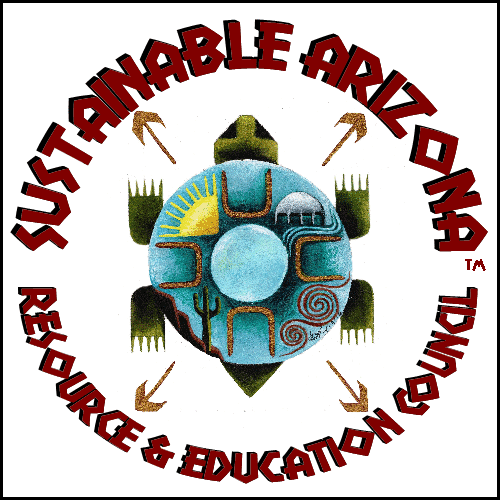 That 30 percent tax credit on solar panels that was supposed to expire this year? It’s been extended, all the way to 2019. I feel like we just got an extension on a term paper — but if we don’t start writing now, the deadline is going to be here again before we know it.
That 30 percent tax credit on solar panels that was supposed to expire this year? It’s been extended, all the way to 2019. I feel like we just got an extension on a term paper — but if we don’t start writing now, the deadline is going to be here again before we know it.
To get the full Solar Investment Tax Credit (ITC), we’ve got to get our panels purchased and put up in the next three years. After that, the credit fades out: to 26 percent in 2020, and then to 22 percent in 2021. By 2023, the residential tax credit will be $0. And after that, who knows? We may all be living in egg-shaped, self-reliant, solar-powered tiny homes. The time really is now.
The price of solar panels — even for top-rated panels from SolarWorld and Canadian Solar — is down. It’s fallen by more than 75 percent since 2009, according to prominent environmentalist Bill McKibben. This drop reflects increased efficiency, both in the manufacturing process and in the panels themselves. Still, the initial cost of buying and installing a full system, including panels and supporting parts, can run between $10,000 and $40,000.
But, you don’t need to have a spare $10K to plunk down. Options like leasing and power purchase agreements (PPAs) from well-known solar names like Solar City and Vivint allow you to generate solar energy without up-front costs. Depending on where you live, there might even be a way for you to buy power from a solar farm.


